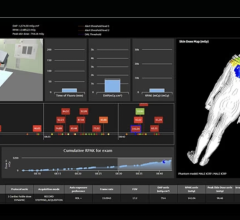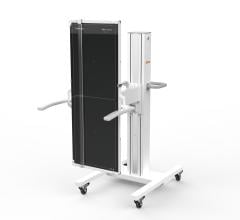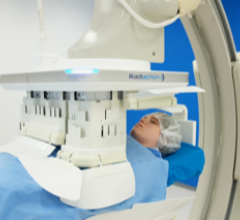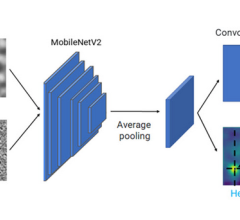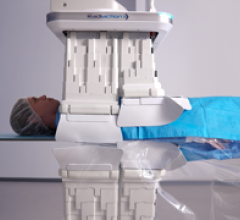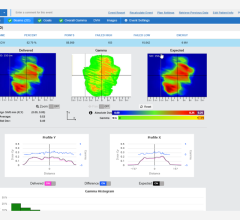October 17, 2014 — The Image Gently campaign has developed online educational and scientific materials to help dental professionals optimize radiation dose used in imaging exams performed on children. Image Gently has also produced downloadable materials to help parents ask more informed questions of their dental providers whenever scans are recommended for their children.
“We are incredibly pleased that the major dental societies, including the American Dental Association and American Dental Hygienists’ Association, have opted to take part in Image Gently and take steps to ensure that the care they provide is as safe as possible. We encourage all dental professionals to take advantage of the materials on the Image Gently website and factor them into their clinical decision making,” said Marilyn Goske, M.D., co-chair of the Alliance for Radiation Safety in Pediatric Imaging.
Imaging can serve an important role in improved dental health. However, children are, in general, more sensitive to radiation than adults. As such, healthcare providers should reduce radiation dose used in children’s imaging and avoid unwarranted imaging. When dental imaging procedures are considered, dental providers are urged to:
- Select X-rays for individual needs, not as a routine. Use X-rays only when essential for diagnosis and treatment — based on a review of the patient and their dental history.
- Use the fastest image receptor available. When film X-ray is used, select “E”- or “F”-speed. Set exposure parameters as low as possible for diagnostic digital imaging.
- Use cone-beam computed tomography (CBCT) only when necessary. CBCT should be restricted in children to cases in which it is essential for diagnosis and treatment planning.
- Collimate beam to area of interest. For intraoral X-rays, collimation should be rectangular to match recording area of detector. For extraoral X-rays, including CBCT, restrict beam to the area needed for diagnosis.
- Always use thyroid shield. The thyroid gland in children is particularly sensitive to radiation. Use of a properly positioned shield significantly reduces the dose to the thyroid.
- Child-size the exposure time. Less exposure time needed for children as oral structures are smaller than in adults.
Dental professionals are also urged to visit ImageGently.org and pledge to Image Gently.
“The materials made available through the Image Gently campaign will help general and specialty dentists ‘child-size’ their imaging techniques and provide even better and safer treatment to all patients, especially children,” said Alan G. Lurie, D.D.S., Ph.D., immediate past president of the American Academy of Oral and Maxillofacial Radiology. “To have North American and European dental societies involved in Image Gently sends a clear, strong message about the importance of this effort.”
For more information: www.imagegently.org


 May 06, 2024
May 06, 2024 

